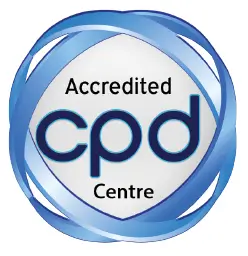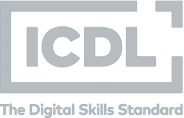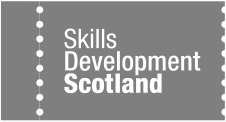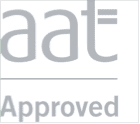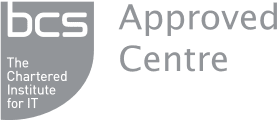Learning more intermediate, double entry systems of manual bookkeeping skills will broaden and further your career opportunities. Having a thorough knowledge of manual bookkeeping skills after completing this training will leave you experienced enough to move onto using digital systems. Despite businesses carrying out day-to-day accounts that are processed on computerised systems, it’s important to understand the steps involved in the manual procedures, giving you a well-rounded knowledge on all aspects of bookkeeping. Quite often smaller businesses still maintain manual records, so being able to adapt and work with a manual accounting system confidently could prove extremely valuable for your career.
This bookkeeping course starts with an overview of opening balances at the start of the new trading year. From there, the course will work through other aspects of manual bookkeeping, expanding on the foundation knowledge you already have, focusing on teaching you valuable skills step-by-step. It will take around 30 hours to work through altogether and can be studied at your own pace and at times that suit you best.
This course comprises nine self-study modules.
Module 1 – Including: posting the opening balances at the start of a new trading year, using a trial balance to illustrate the accounting equation, making postings to the ledger accounts, using the cash book as part of the double entry system, understanding the various methods of making and receiving payments, reconciling till roll takings prior to banking, learning how to prepare a bank paying in slip.
Module 2 – Including: using the day books to update the ledger accounts, balancing the ledger accounts, reconciling the debtors and creditors control accounts with the sales and purchase ledger accounts, using the journal to process bookkeeping entries for contra transactions, using the journal to process the bookkeeping entries to deal with bad debt.
Module 3 – Including: preparing a cash reconciliation statement, the stages when preparing a bank reconciliation statement, updating and re-balancing the cash book.
Module 4 – Including: Maintaining a self-managed credit control system, preparing monthly statements to send to customers, aged debtor analysis.
Module 5 – Including: comparing a supplier statement to the related purchase ledger account, knowing what action to take in respect of any discrepancies, identifying invoices falling due for payment, preparing a remittance advice and cheque.
Module 6 – Including: the purpose of payroll, the elements which make up gross pay, identifying typical statutory and voluntary deductions and employer oncosts, preparing the Journal entries in order to account for payroll in the accounts, keeping PAYE/NIC and pension creditor accounts.
Module 7 – Including: different VAT Schemes, how the double entry system is used in order to account for VAT, Form VAT 100, a pro forma VAT return, balancing the VAT account
Module 8 – Including: preparing a trial balance from the ledger accounts, using the journal to correct errors and a clear suspense account, processing ledger transactions and preparing control accounts.
Module 9 – Including: using the journal to start up a new set of double entry accounts, writing off bad debt, including any associated VAT, the purpose of a suspense account, using the journal to correct errors and clear a suspense account, processing ledger transactions and preparing control accounts.
Once you have successfully completed the end of course assessment, you will gain a Pitman Training Bookkeeping certificate. With further study, and by undertaking the relevant examinations, you could gain an AAT Foundation Certificate in Bookkeeping (Level 2) Qualification.
